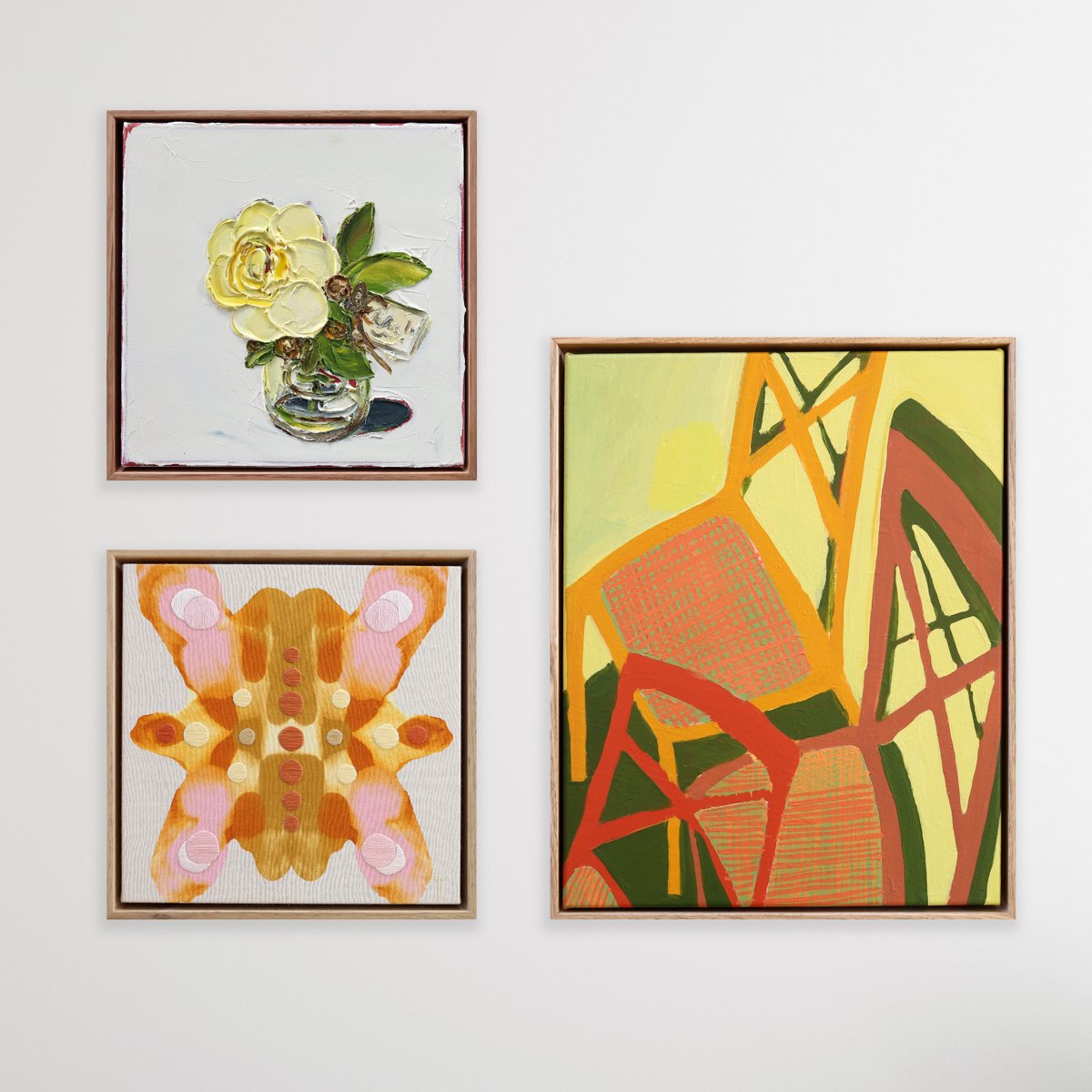
Curating a Gallery Wall
Curating your own gallery wall, or even just putting together a small group of works can be challenging. I know a lot of people find it tricky to pair artworks and are unsure of the best way to arrange them, so let’s talk about some of the things to look for when creating a collection of your own.
I Can Help
If you're craving personalized advice and expertise in curating the perfect collection for your space, I'm here to help! I absolutely love the opportunity to collaborate with individuals and tailor artwork selections to their unique tastes and preferences. Whether you prefer an in-person consultation at our gallery or a convenient phone consultation, I'm flexible to accommodate your needs. If you're in the area, I'm more than happy to visit your space to get a firsthand understanding of your environment and style.
To kick off the process, all I need is a photograph of your space as a starting point. From there, we'll work together to curate a collection that speaks to you and enhances your home or office.
So don't hesitate to reach out—I'm excited to embark on this creative journey with you and help you discover the perfect artworks to complement your space. Whether you're a seasoned art enthusiast or new to the world of art, I'm here to make the experience enjoyable, enriching, and tailored to your needs. Let's create something beautiful together! Send me an email to get started.
Watch this video where I show you a few tips and tricks for hanging artwork, this is my mum’s gallery wall I installed for her, and here is my own gallery wall in my home.
Where to Start
Start with the artwork that speaks to you the most. People often go with their first instinct and they don’t always know why. Don’t worry about whether it matches the cushions on your couch. If you love it, you’ll find somewhere to hang it. From there you can look for the following qualities to “match” your favourite artwork.








